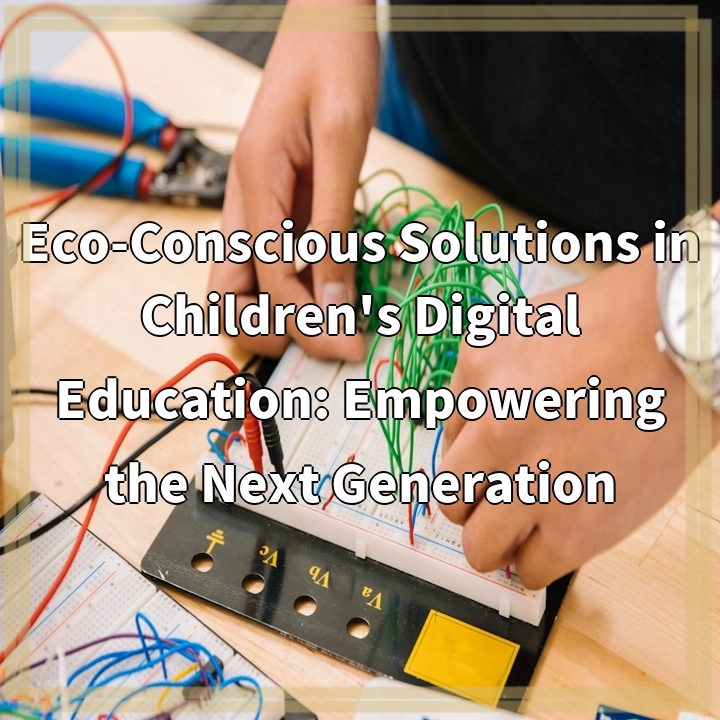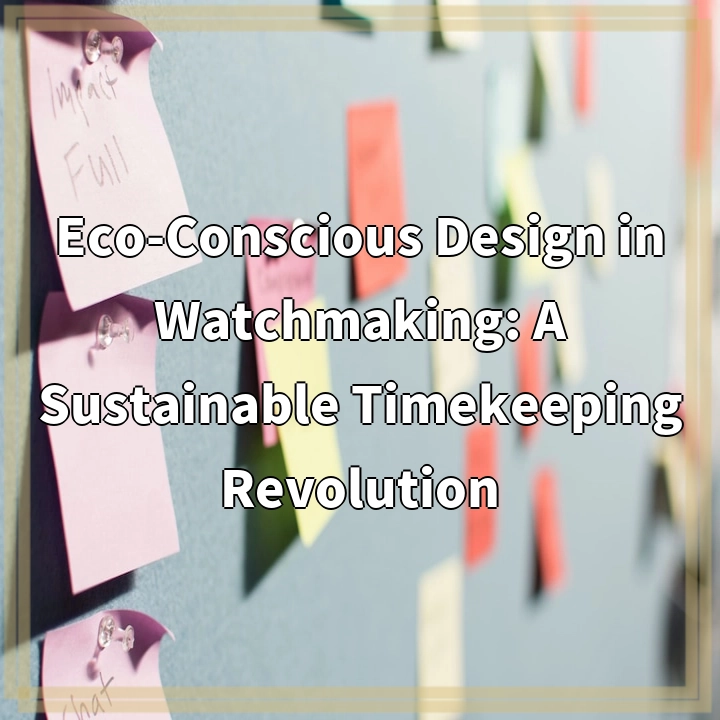
What is Sustainable Practices in Modern Dancewear?
Sustainable practices in modern dancewear refer to the adoption of environmentally friendly and ethical approaches in the design, production, and use of dance clothing. It involves integrating eco-conscious materials, manufacturing processes, and supply chains to reduce the negative impact of the dance industry on the environment and promote a more sustainable and circular economy.
Real-World Problems Associated with Sustainable Practices in Modern Dancewear
1. Material Choices: One of the main challenges in implementing sustainable practices in dancewear is finding alternative materials that are eco-friendly and perform at the same level as traditional fabrics. Many synthetic materials used in dancewear, such as polyester and nylon, are derived from non-renewable resources and have significant environmental footprints.
2. Manufacturing Processes: Dancewear production often involves energy-intensive processes and chemical treatments that can have harmful effects on the environment. From dyeing fabrics to finishing touches, these processes can lead to water and air pollution, as well as the release of toxic substances.
3. Waste Generation: The fast-paced nature of the fashion industry, including dancewear, contributes to excessive waste generation. End-of-life dancewear garments often end up in landfills, as they are made using a mix of materials that are challenging to recycle. This results in a significant environmental burden and contributes to the depletion of natural resources.
4. Lack of Awareness: Many dancers and dancewear consumers are unaware of the negative environmental and social impact of the products they buy. This lack of awareness perpetuates the demand for unsustainable dancewear, hindering the adoption of more eco-friendly practices.
5. Cost Constraints: Transitioning to sustainable practices in dancewear can come at a higher cost for manufacturers. This cost may be passed onto consumers, making eco-friendly options less accessible or affordable for everyone involved in the dance community.
6. Social and Ethical Concerns: Apart from environmental impact, sustainable practices in dancewear also encompass fair labor practices, worker safety, and supply chain transparency. Ensuring that the people involved in the production of dancewear are fairly compensated and working under ethical conditions is a critical consideration.

Solutions for Sustainable Practices in Modern Dancewear
Finding sustainable solutions for modern dancewear is crucial to minimize the environmental impact and promote a more ethical and responsible industry. Here are some potential solutions to address the real-world problems associated with sustainable practices in dancewear:
1. Material Choices:
– Explore and utilize eco-friendly fabrics such as organic cotton, bamboo, and recycled materials. These materials have a lower environmental impact and can still offer the necessary performance and comfort for dancers.
– Encourage the development and adoption of innovative materials, such as bio-based synthetic fibers and plant-based dyes, that provide sustainable alternatives to traditional dancewear materials.
2. Manufacturing Processes:
– Implement cleaner and more sustainable manufacturing processes, such as using renewable energy, reducing water usage, and implementing safer and more eco-friendly dyeing and finishing techniques.
– Embrace circular economy principles by designing dancewear for durability, recyclability, and repairability to prolong the lifespan of garments and reduce waste.
3. Waste Generation:
– Develop take-back programs or recycling initiatives that allow consumers to return their used dancewear for proper recycling or repurposing. This can help divert garments from landfills and encourage a more circular approach to dancewear manufacturing.
– Educate dancers and dancewear consumers about the importance of proper care and maintenance to extend the life of their dance garments, reducing the need for frequent replacements.
4. Awareness and Education:
– Increase awareness and education about the environmental and social impact of dancewear, highlighting the benefits of sustainable practices and the responsibility of consumers in making conscious purchasing decisions.
– Collaborate with dancers, dance schools, and industry influencers to amplify the message of sustainability in dancewear and promote eco-friendly alternatives.
5. Cost Considerations:
– Advocate for industry-wide collaboration and government support to drive the adoption of sustainable practices while keeping dancewear prices affordable. This can be achieved through initiatives such as subsidies or grants for eco-friendly materials and manufacturing processes.
6. Social and Ethical Concerns:
– Ensure transparency and traceability within the supply chain to guarantee fair wages, safe working conditions, and the absence of child labor in the production of dancewear.
– Support and promote dancewear brands and companies that prioritize social and ethical responsibility, creating demand for more sustainable and ethically produced dancewear options.















